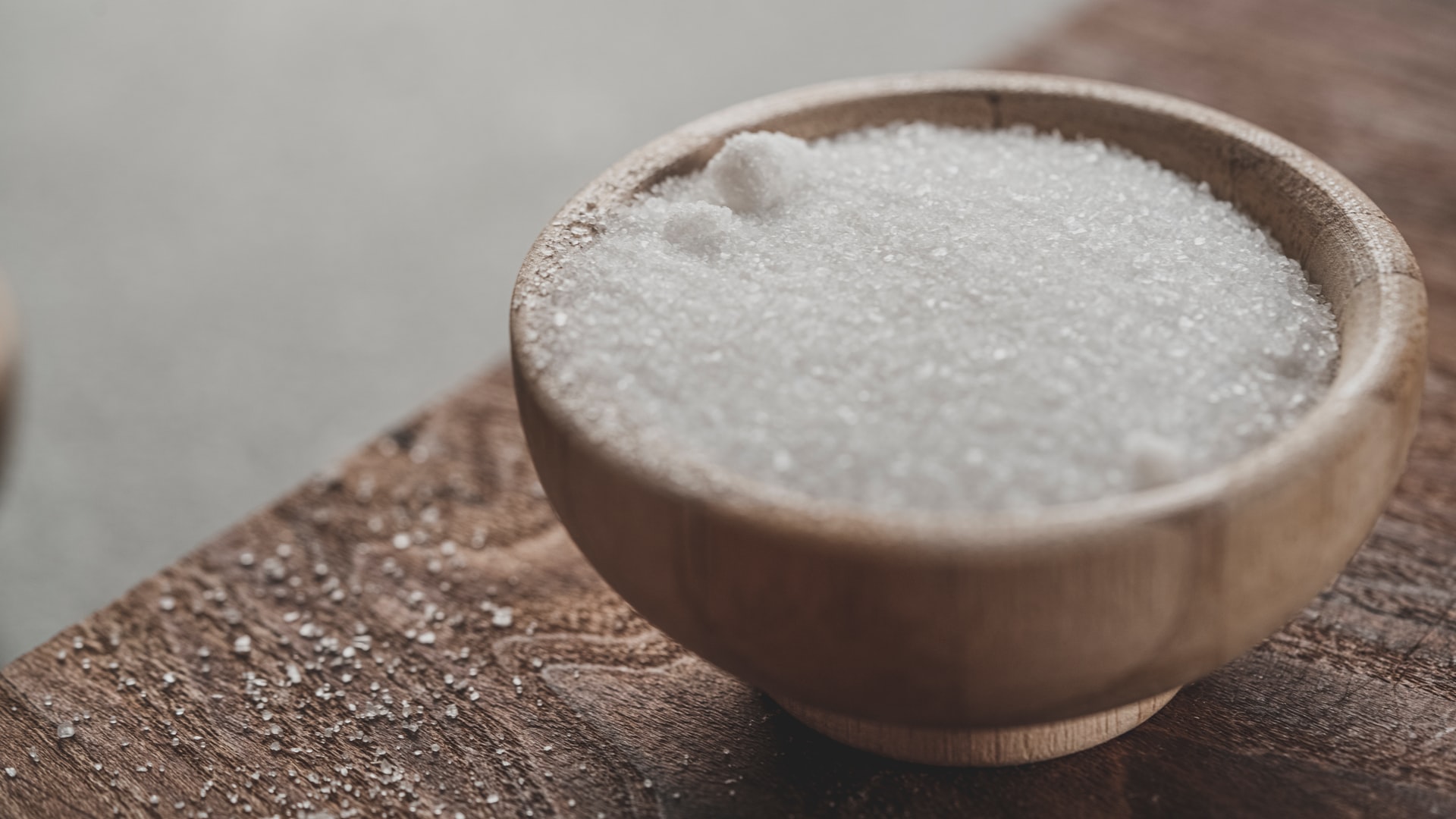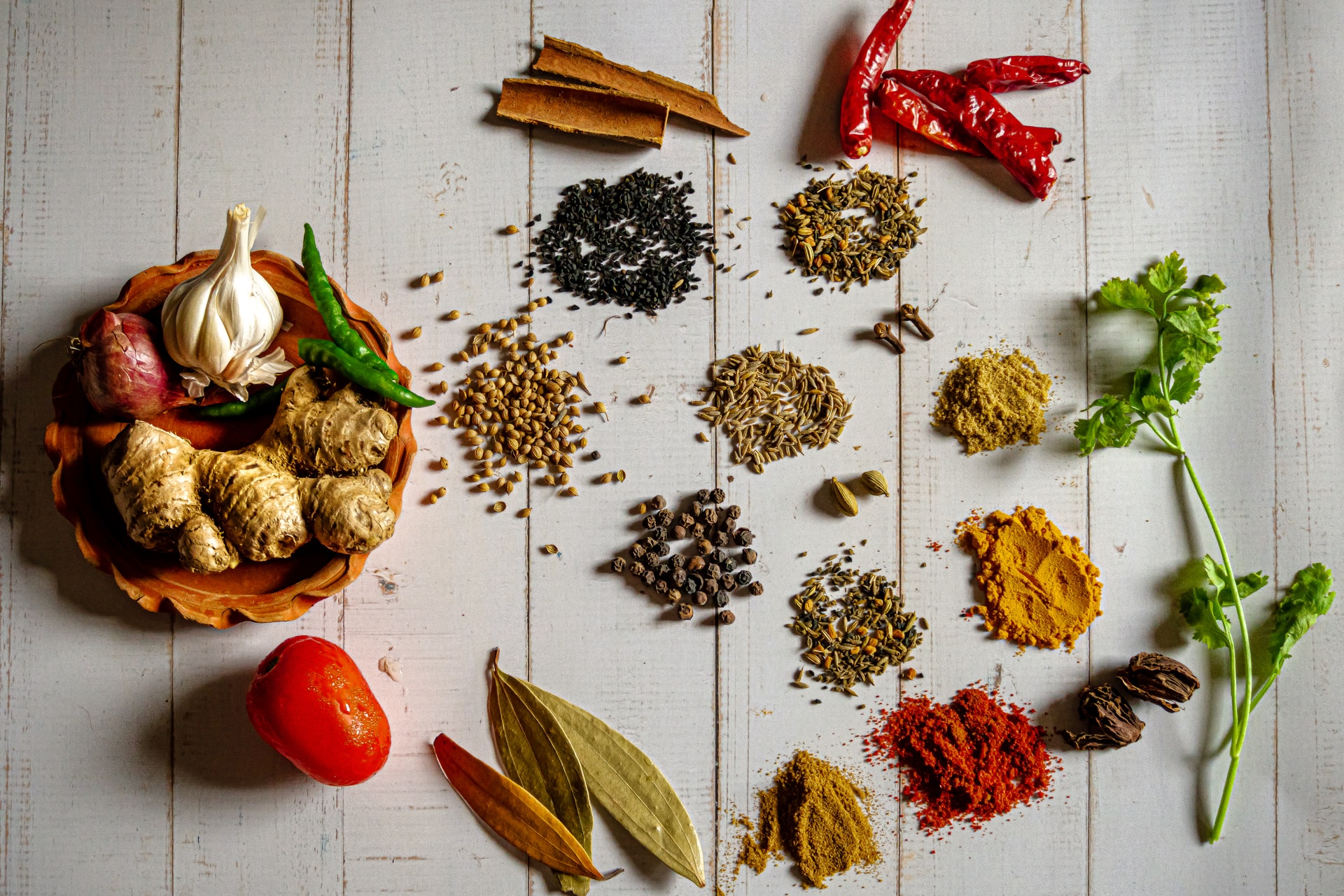Reduce or Substitute: Recipes for a Better Health
go.ncsu.edu/readext?851551
en Español / em Português
El inglés es el idioma de control de esta página. En la medida en que haya algún conflicto entre la traducción al inglés y la traducción, el inglés prevalece.
Al hacer clic en el enlace de traducción se activa un servicio de traducción gratuito para convertir la página al español. Al igual que con cualquier traducción por Internet, la conversión no es sensible al contexto y puede que no traduzca el texto en su significado original. NC State Extension no garantiza la exactitud del texto traducido. Por favor, tenga en cuenta que algunas aplicaciones y/o servicios pueden no funcionar como se espera cuando se traducen.
Português
Inglês é o idioma de controle desta página. Na medida que haja algum conflito entre o texto original em Inglês e a tradução, o Inglês prevalece.
Ao clicar no link de tradução, um serviço gratuito de tradução será ativado para converter a página para o Português. Como em qualquer tradução pela internet, a conversão não é sensivel ao contexto e pode não ocorrer a tradução para o significado orginal. O serviço de Extensão da Carolina do Norte (NC State Extension) não garante a exatidão do texto traduzido. Por favor, observe que algumas funções ou serviços podem não funcionar como esperado após a tradução.
English
English is the controlling language of this page. To the extent there is any conflict between the English text and the translation, English controls.
Clicking on the translation link activates a free translation service to convert the page to Spanish. As with any Internet translation, the conversion is not context-sensitive and may not translate the text to its original meaning. NC State Extension does not guarantee the accuracy of the translated text. Please note that some applications and/or services may not function as expected when translated.
Collapse ▲Struggling to keep eating healthy? Want to cut down on the salt and sugar but can’t? Smart substitution can help you develop a healthier eating pattern. A healthy diet consists of meals low in fat, sugar, and salt and high in fiber, whole grains, and lots of fruits and vegetables. However, following these guidelines can be a bit harder to do especially if you’re eating out, on the go, or simply have a busy work life.

The average American consumes almost 152 pounds of sugar in one year. That’s almost 3 pounds of sugar per week.
Sugar, fat, and salt each play a different role in how we taste and enjoy food. Sugar is added to foods to make them more appealing and gives baked goods their texture, color, and flavor. Sugar is used to preserves many of the foods we enjoy today such as jams and jellies. Overconsuming sugar can cause us to start losing the initial sweet taste that we’ve first experience and make us want to consume more to regain that sweetness. In a California study completed in 2014, researchers cut out added and artificial sweeteners for two weeks and surveyed participants about changes in their taste buds. Researchers concluded that 95% of the participants found sweet foods and drink to be sweeter after the two weeks challenge and 75% stated that other foods now taste sweeter.
Salt, or sodium, is used in food as a flavor enhancer to reduce bitterness, increase sweet, sour, and savory flavors. Although sodium is an essential micronutrient, high levels of consumption can have a negative effect on our health. The majority of our sodium intake comes from manufactured foods and foods eaten away from home.

Cut down on your salt intake by exploring the wild side of herbs and spices. Herbs and spices can help enhance and add flavor to your recipes
Small amounts of fat are essential for a balanced diet but too much fat can become a lingering problem. Fat serves as an insulator for our body, helps absorb certain vitamins, and is a source of energy. Some research believes that fat may be considered as the sixth taste and may be responsible for some of the sweet and savory flavors we taste in food. Food manufacturer uses fat to help thicken or emulsified or create texture for their food product. Any extra fat in our bodies, not converted to energy, is then converted to body fat.
One way to help you move towards a healthier eating pattern is to try substituting some of the unhealthier ingredients for more wholesome ingredients. Try reducing your sugar by 1/3. If your recipe calls for 1 cup of sugar, try using 2/3 cups instead. Salt can be reduced by ½ or simply left out. If the recipe calls for 1 tablespoon of oil, try using 2/3 teaspoon instead. Try out some of these substituting secrets in your next meal:
| Instead of this: | Try this: |
| Solid Fats such as butter, margarine, shortening | Healthier fat such as olive oil or canola oil. Substitute 1 teaspoon of solid fat for ¾ teaspoon of olive oil; 1 tablespoon solid fats with 2 ¼ teaspoons of olive oil; and 1/3 cup of solid fat with ¼ cup of olive oil. (see Med instead of Meds website) |
| Oils, butter, margarine, shortening, or solid fats in baking | Use fruit purees such as apple sauce or mash banana for half the fat in your recipe up to ½ cup fruit substitution |
| Oils, butter, margarine, shortening, or solid fats in frying or sautéing | Substitute with broth, water, or cooking spray |
| Store-bought dressing or marinade | Make your own vinaigrette or marinade with oil, citrus or vinegar, and your choice of spices and herbs. |
| Salt | Reduce or use herbs and spices in place of sodium to enhance flavor |
| Full-Fat products such as cheese and cream | Choose reduced fat, low fat, or non-fat options |
| Mayonnaise, sour cream, or cream cheese for dips | Substitute with a yogurt such as Greek yogurt |
| Heavy cream | Use Evaporative Milk or whipped nonfat dry milk |
| Milk and water for baking | Choose fruit juice and add ¼ to ½ teaspoon of baking soda per cup of juice; choose unsweetened juice |
| All-purpose flour | Substitute half of all-purpose flour with whole wheat flour; for example, if the recipe calls for 1 cup all-purpose flour, use ½ whole wheat and ½ all-purpose |
| Bread crumbs | Cereal |
| Sugar in baked goods | If you reduce some sugar, substitute by adding vanilla, cinnamon, nutmeg, or other spices to enhance flavor |




